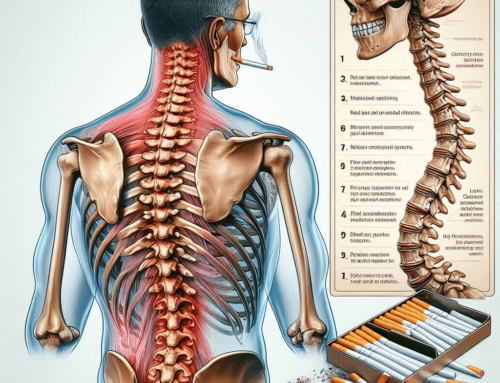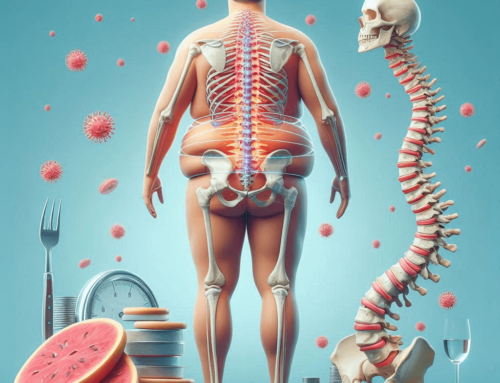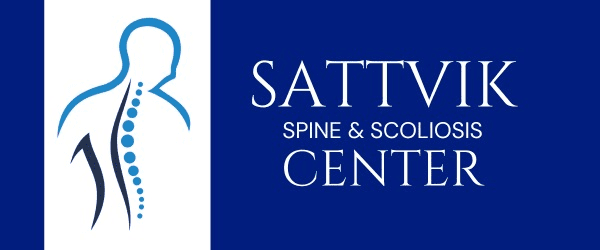Scoliosis is a condition that affects the curvature of the spine, causing it to bend sideways. This condition can occur at any age, but it is most commonly diagnosed during adolescence. Managing scoliosis requires a comprehensive approach that includes early detection, proper treatment, and lifestyle adjustments. In this article, we will explore various tips and treatment options to help individuals effectively manage scoliosis and improve their quality of life.
Table of Contents
Understanding Scoliosis
Scoliosis is a complex spinal condition that affects millions of people worldwide. It can be categorized into different types based on the cause and age of onset. The most common type is adolescent idiopathic scoliosis, which typically develops during puberty. Other forms of scoliosis include congenital scoliosis (present at birth), neuromuscular scoliosis (resulting from nerve and muscle disorders), and degenerative scoliosis (caused by age-related changes in the spine).
Early Detection is Key
Detecting scoliosis early is crucial for successful management. Regular check-ups with a healthcare professional can help identify signs of scoliosis in its early stages. Parents and teachers should also be vigilant in observing any physical asymmetry or changes in posture in children. Early detection allows for prompt intervention and can prevent the condition from worsening.
Signs and Symptoms
Identifying the signs and symptoms of scoliosis is essential for early detection. Common signs include uneven shoulder height, an asymmetrical waistline, a protruding shoulder blade, and an uneven ribcage. In some cases, scoliosis may cause back pain or discomfort, particularly in severe cases. If you notice any of these signs, it is essential to seek medical evaluation promptly.
Medical Evaluation and Diagnosis
If scoliosis is suspected, a healthcare professional will conduct a thorough physical examination and may order X-rays or other imaging tests to confirm the diagnosis and assess the severity of the curvature. Based on the degree of curvature and the individual’s age, the healthcare provider will recommend the most appropriate course of action.
Non-Surgical Treatment Options
1. Observation and Monitoring
In mild cases of scoliosis, where the curvature is minimal and not worsening rapidly, the healthcare provider may choose to observe the condition closely. Regular check-ups and X-rays will be conducted to monitor the progression of the curvature.
2. Bracing
For adolescents with moderate scoliosis and a high likelihood of progression, bracing may be recommended. A back brace is designed to prevent further curvature progression during periods of rapid growth. The type and duration of bracing will vary depending on the individual’s specific condition.
3. Physical Therapy
Physical therapy plays a vital role in managing scoliosis. Specially designed exercises can help improve posture, strengthen the core and back muscles, and reduce pain and discomfort associated with scoliosis.
4. Pain Management
Individuals with scoliosis may experience back pain due to the abnormal curvature of the spine. Pain management techniques, such as over-the-counter pain relievers, hot and cold therapy, and gentle stretching, can provide relief.
Surgical Treatment Options
In severe cases of scoliosis, where the curvature is progressing rapidly or causing significant discomfort, surgery may be necessary. The primary goal of scoliosis surgery is to correct the curvature and stabilize the spine. Surgical treatment options include:
1. Spinal Fusion
Spinal fusion involves fusing two or more vertebrae together using bone grafts and metal rods. This stabilizes the spine and prevents further curvature progression. Over time, the fused vertebrae heal into a single, solid bone.
2. Growing Rods
Growing rods are used in children with scoliosis to support the spine’s growth and control the curvature until the child reaches skeletal maturity. These rods are adjusted periodically to accommodate growth.
3. Vertebral Body Tethering
Vertebral body tethering is a less invasive alternative to spinal fusion. It involves attaching a flexible cord to the vertebrae to correct the curvature while allowing some spinal flexibility.
Lifestyle Adjustments
In addition to medical interventions, individuals with scoliosis can make lifestyle adjustments to manage their condition better. Here are some tips:
1. Maintaining Good Posture
Practicing good posture can help reduce strain on the spine and alleviate discomfort. This includes sitting and standing with the shoulders back and the spine aligned.
2. Exercise and Physical Activity
Engaging in regular physical activity and exercises that strengthen the core and back muscles can improve spinal stability and flexibility.
3. Ergonomic Support
Using ergonomic chairs and pillows can provide better support for the spine while sitting and sleeping.
4. Healthy Diet
A balanced diet with adequate calcium and vitamin D is essential for maintaining bone health.
The Role of the Best Spine Surgeon
When it comes to severe scoliosis cases that require surgical intervention, the expertise of a skilled spine surgeon is crucial. In Bangalore, Dr. Yogesh Pithwa is top-notch spine surgeons renowned for their expertise in managing scoliosis. Dr. Pithwa, the best spine surgeon in Bangalore will have extensive experience in performing scoliosis surgeries and will offer personalized treatment plans based on each patient’s unique condition.
Dr. Pithwa, the best spine surgeon in Bangalore will take the time to explain all available treatment options to the patient and their family, addressing any concerns and ensuring that they are well-informed before making a decision. His expertise, combined with state-of-the-art facilities, will ensure that the surgical procedure is performed with the utmost precision and care.
Conclusion
Managing scoliosis requires a multi-faceted approach that involves early detection, appropriate medical treatment, and lifestyle adjustments. Regular medical check-ups, physical therapy, and, if necessary, surgical interventions can significantly improve the quality of life for individuals living with scoliosis. By staying proactive and making informed decisions, those with scoliosis can lead fulfilling lives and minimize the impact of this condition on their daily activities. When surgery becomes necessary, seeking the expertise of Dr. Yogesh Pithwa the best spine surgeon in Bangalore ensures that the patient receives the highest level of care and support throughout their treatment journey.











Get Social